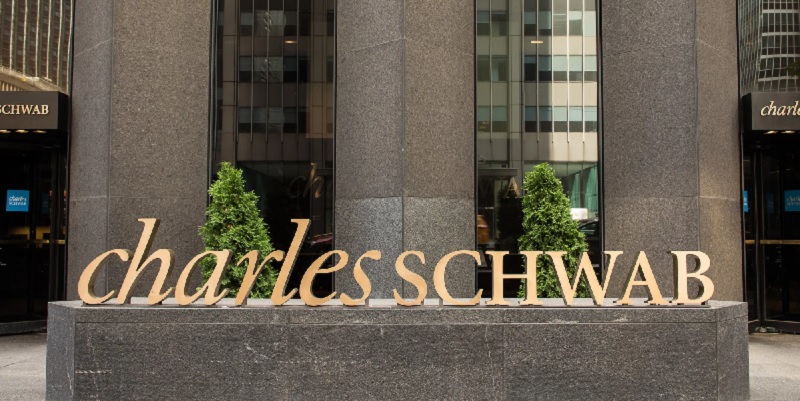 A routing number is a nine-digit code that financial institutes use to verify one another when moving money around. Banks use them when they’re involved in a transaction to be sure that the money was moved properly. When you transfer money from one account to another, you’ll need to know what your bank or credit unions routing number is. Read below for more information on what a routing number is.
A routing number is a nine-digit code that financial institutes use to verify one another when moving money around. Banks use them when they’re involved in a transaction to be sure that the money was moved properly. When you transfer money from one account to another, you’ll need to know what your bank or credit unions routing number is. Read below for more information on what a routing number is.
 |
 |
Routing Number 101
The American Bankers Association (ABA) made a routing number in 1910 to help banks and credit unions identify each other. This helps them make sure that the money that’s being sent is going to the right place. Plus, a routing number contributes to processing wire and automated transfers as well.
Normally, you’ll be able to find this code on the bottom left corner of your check. If you don’t have a checkbook to look at, there are many other ways to find your routing number. You can look online for your banks routing number, or go to your banks website, or you can contact your bank.
The first two routing numbers stand for where your bank is located in the 12 Federal Reserve Bank district. The other two digits is the Federal Reserve Bank district branch that’s assigned to your financial institute. Next, the four digits after is where your bank is physically located. Finally, the last number is the check amount, you need to see if the routing number is valid or not.
Multiple Routing Numbers
When you bank with Charles Schwab, their routing number is: 121202211. With other banks, it’s not uncommon for them to have more than one routing number. The reason behind this is because of the different locations your bank may have. They will also use SWIFT codes for any international wire transfers you make.
Keep in mind, if your bank does have more than one code, be sure that you are using the right one when you transfer your money. With Charles Schwab, they only have one routing number to look for. But, they do have several SWIFT codes since they route through other financial institutes.
Conclusion
When you want to move your money from one account to another, a routing number is one of the few things you must have to complete this transfer. This nine-digit code will help banks verify each other to be sure that the money is going where it’s supposed to go. Additionally, these codes aren’t hard to find at all.


